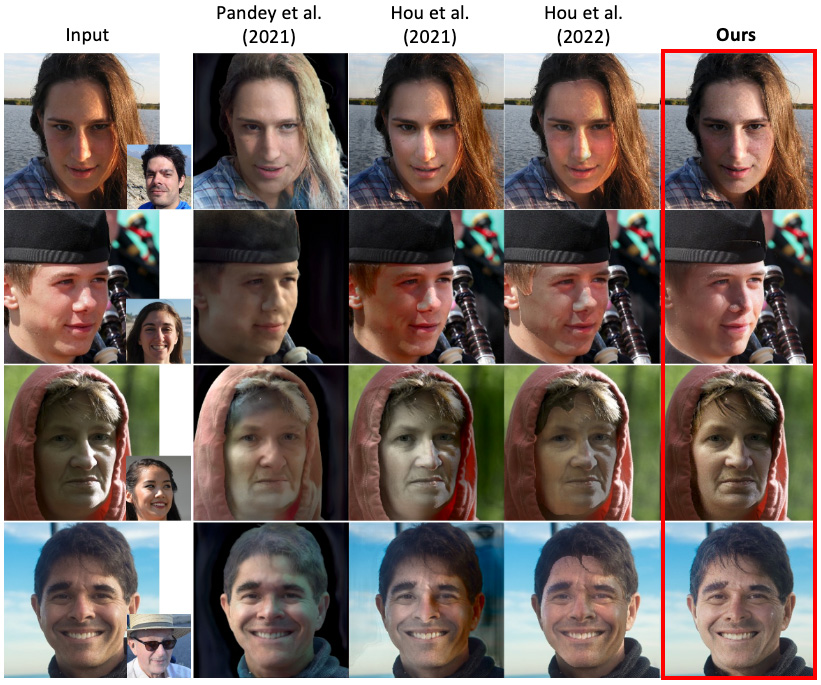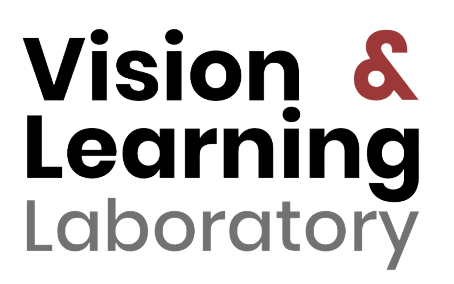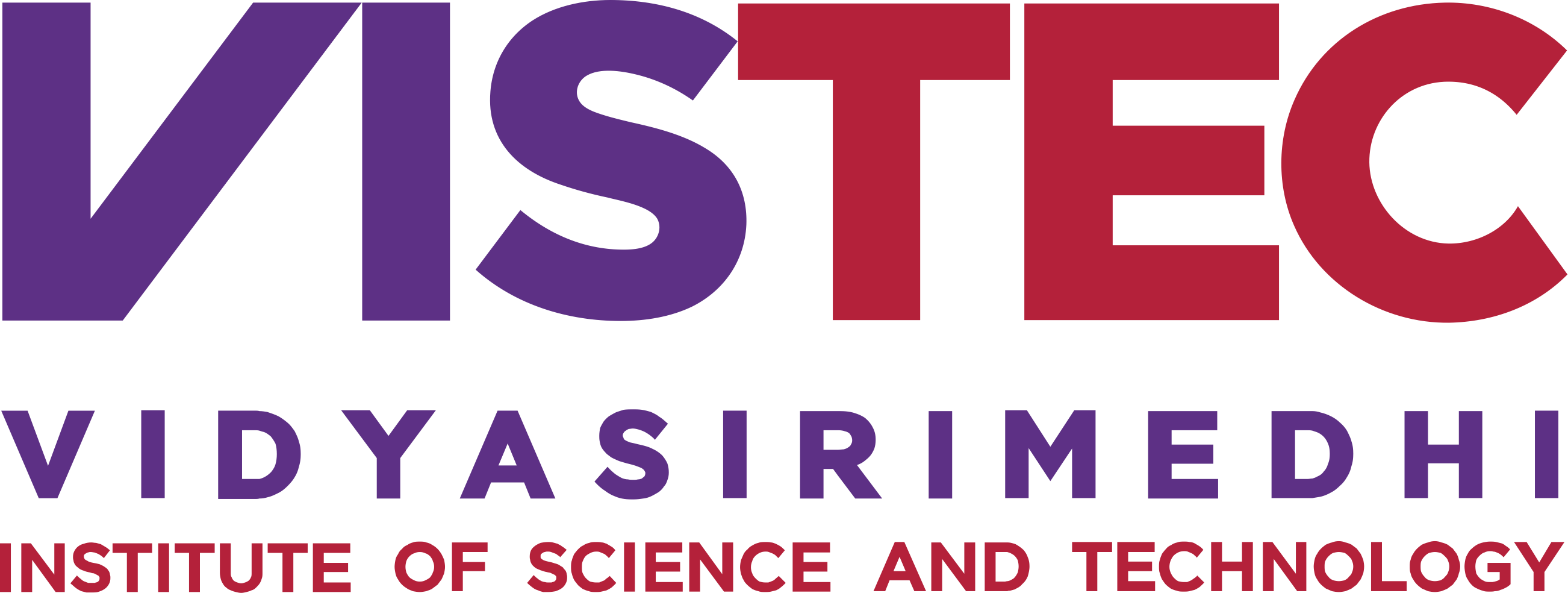DiFaReli : Diffusion Face Relighting
: Diffusion Face Relighting
VISTEC - Vidyasirimedhi Institute of Science and Technology
Rayong,
Thailand
ICCV 2023

by improving shadow consistency and enabling relighting in a single network pass.
 Code
Code



